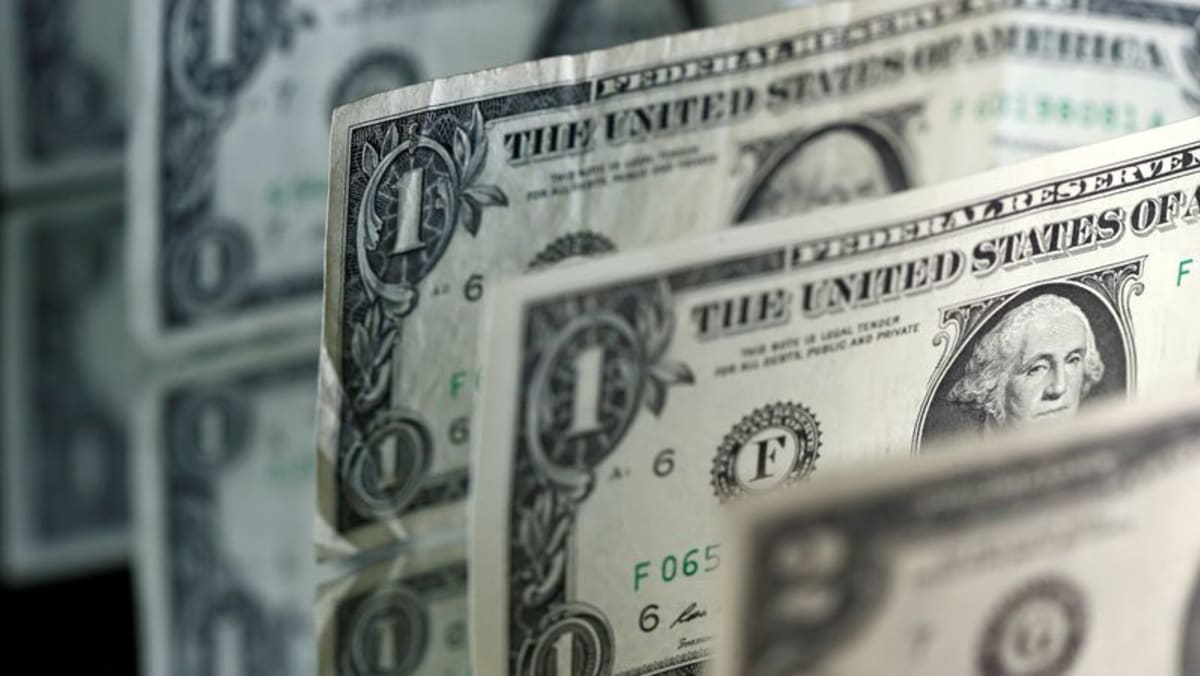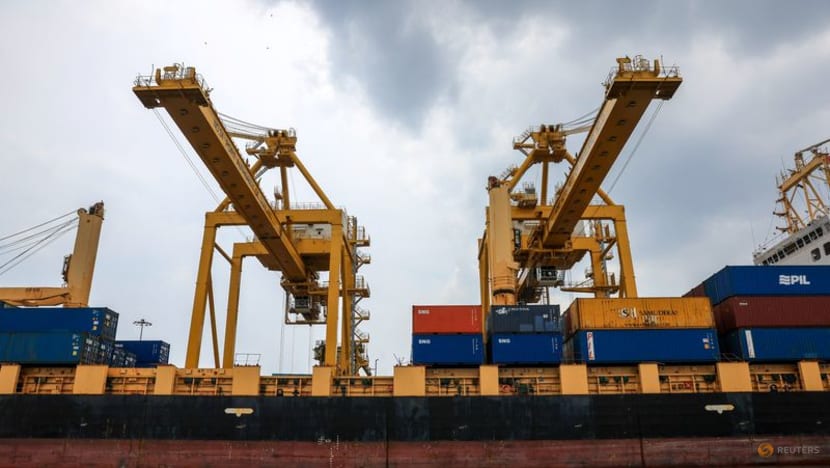
A cargo ship is loaded with containers while docked at the Port of Bangkok on Apr 3, 2025. (Photo:: Reuters/Athit Perawongmetha)
New: You can now listen to articles.

This audio is generated by an AI tool.
JOHOR BAHRU: Southeast Asian countries in the Indochina region are among those hardest hit by sweeping tariffs announced by United States President Donald Trump on Wednesday (Apr 2), with analysts pointing to their perceived close economic ties with Beijing and strong trade surpluses with Washington as key factors.
Experts added that the varying levels of US tariffs imposed among Southeast Asian nations could also see shifts in foreign investments from the likes of Indochina - which include Vietnam, Laos and Cambodia among others - to countries with lower tariffs exposure such as the Philippines, Singapore, Malaysia and Indonesia.
Speaking at a ceremony at the White House, Trump announced a new 10 per cent baseline levy on all imports coming into the US as well as country-specific taxes on goods from a host of other countries dubbed “reciprocal” tariffs.
"For decades, our country has been looted, pillaged, raped and plundered by nations near and far, both friend and foe alike," Trump had said at the White House Rose Garden against a backdrop of US flags.
He added: "This is Liberation Day."
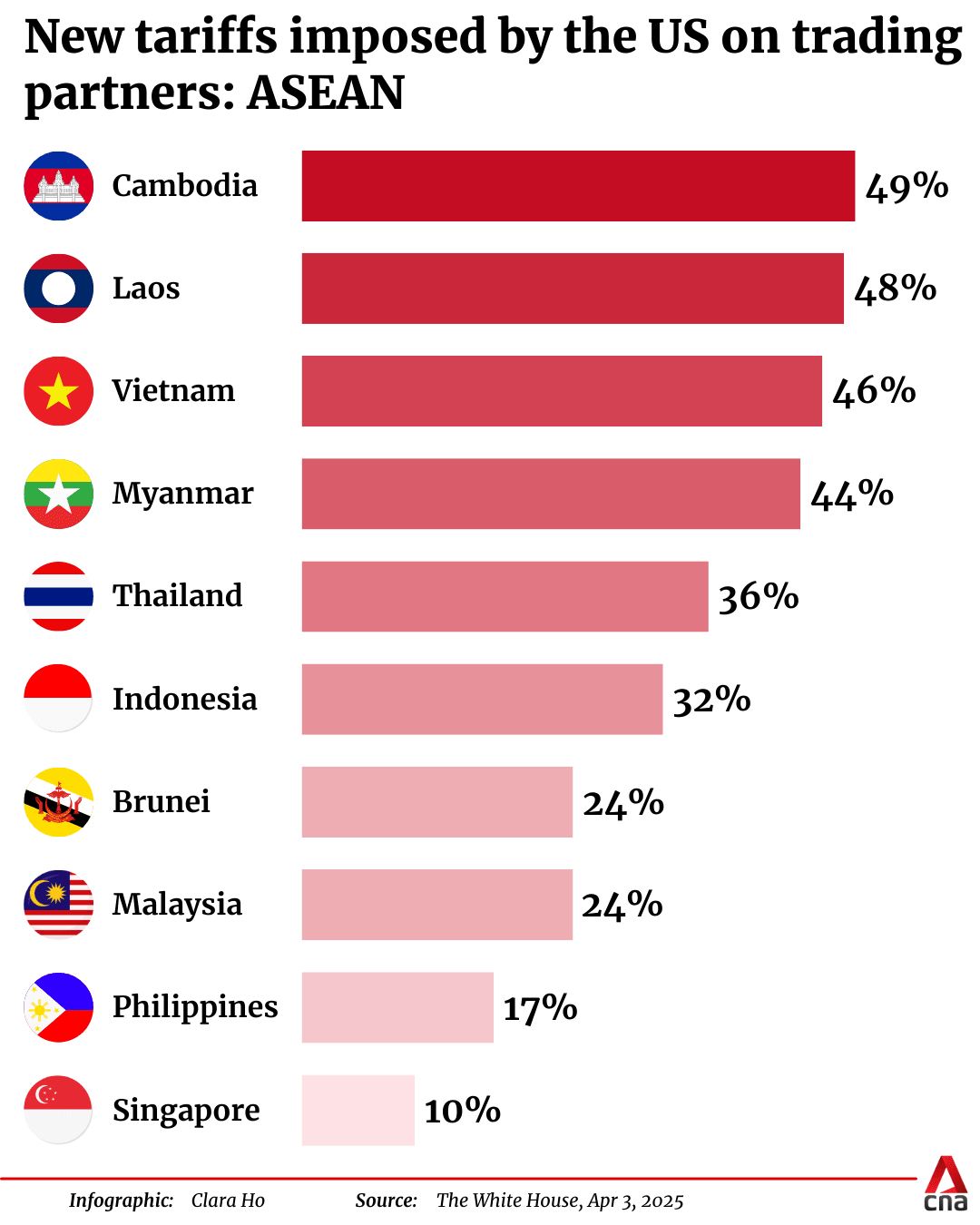
Cambodia and Laos are the worst hit Asian economies, slapped with 49 per cent and 48 per cent import tariffs respectively.
This was followed by Vietnam (46 per cent) and Myanmar (44 per cent). Thailand - which is a US security treaty partner - meanwhile was hit with a 36 per cent tariff.
The five Indochina countries - along with China - are part of the greater Mekong region.
Other Southeast Asian countries were hit with comparatively lower tariffs, with Indonesia at 32 per cent, Malaysia and Brunei at 24 per cent each as well as the Philippines at 17 per cent. Singapore was slapped with the baseline tariff of 10 per cent.
Following Trump’s announcement, countries in Southeast Asia scrambled to put out official statements, with some taking a more subdued approach in their reactions while others, such as Vietnam for instance, saying that they would establish a “rapid response team”.
THE CHINA FACTOR
Malaysian-American economist Woo Wing Thye told CNA that the Indochina countries were targeted likely due to their perceived stronger trade relations with China, and the US - which views Beijing as its “number one threat” in the global trade war - was keen on inflicting pain on these nations.
“Trump is doing what he sees as levelling the playing field in trade relations and he pays particular attention to the countries which are closely allied with China,” said Woo.
“Targeting these (Indochina) countries is stretching his confrontation with China which is very unfortunate because it could well drive these countries into China’s arms. Some ASEAN countries have previously said they wished to remain neutral, but these tariffs could drive them (to support Beijing in the global trade war),” he said, referring to the regional bloc Association of Southeast Asian Nations.
Woo - who is also the vice-president for the United Nations Sustainable Development Solutions Network’s Asia office - added that some of these countries, especially Vietnam and Cambodia, were targeted because they have strong trade surpluses with Washington and are among the biggest gainers from Beijing’s China Plus One strategy.
The strategy involves companies previously diversifying their supply chains to avoid US tariffs on goods from China by relocating operations to countries in the region by disguising the origin of their products.
For instance, Vietnam’s trade surplus with the US hit a record high of US$123 billion in 2024, placing it behind only China, the European Union (EU) and Mexico in the scale of its trade imbalance with Washington.
Woo said some of this can be attributed to firms “formerly located in China” moving to Vietnam before exporting to the US to circumvent the tariffs previously imposed on China.
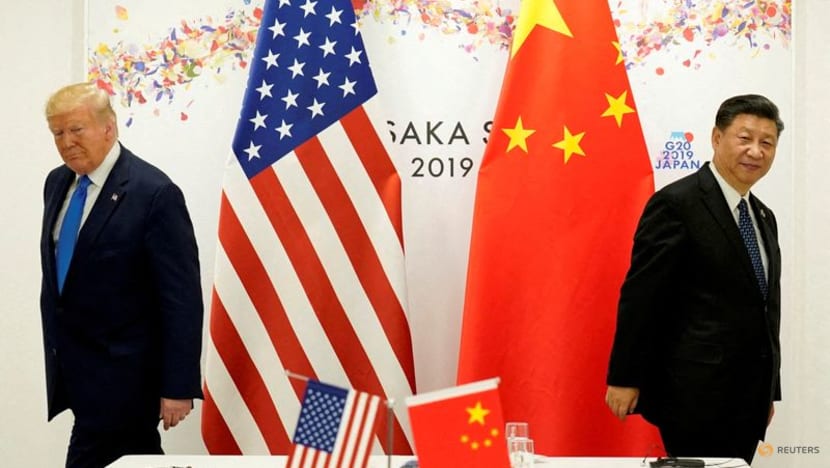 US President Donald Trump attends a bilateral meeting with China's President Xi Jinping during the G20 leaders summit in Osaka, Japan on Jun 29, 2019. (File photo: Reuters/Kevin Lamarque)
US President Donald Trump attends a bilateral meeting with China's President Xi Jinping during the G20 leaders summit in Osaka, Japan on Jun 29, 2019. (File photo: Reuters/Kevin Lamarque)
In the latest salvo on Wednesday, Trump had also imposed a 34 per cent tariff on China. This is on top of the 20 per cent he had previously placed on the Asian superpower for not doing enough to curb the export of the deadly opioid fentanyl to the US.
However looking at the big picture overall, analysts whom CNA spoke to said they are unsure how the US calculated the reciprocal tariffs on the respective countries.
They appear to be calculated to be roughly half of the tariffs and other barriers that the Trump administration claims these countries charge the US, as seen in the charts presented by the president at the White House.
Meanwhile, economist Jayant Menon - who is visiting senior fellow at the ISEAS-Yusof Ishak Institute in Singapore - posited that they appear to be based on the dollar amount of the trade deficit divided by the dollar amount of exports to the US, then halved, with a floor of 10 per cent.
He added that this may have indicated why the Indochina countries, some of which are the poorest countries in the Mekong region, are worse hit due to their high trade surpluses with the US.
“The bottom line is that it is arbitrary and unhelpful for the conduct of commercial exchange. It also brings the weaponisation of trade policy to new heights, which may force trading partners to consider the de- risking not from China, but from the US,” said Menon.
HARDEST HIT COUNTRIES COULD SEE FALL IN FOREIGN INVESTMENTS
Experts CNA spoke to also suggested that as a result of the uneven trade tariffs by the US, investments could shift from countries with high-tariff exposure, such as those from Indochina, to those with low-tariff exposure in the ASEAN region.
Joanne Lin, who is senior fellow and co-coordinator of the ASEAN Studies Centre in Singapore’s ISEAS-Yusof Ishak Institute, told CNA that the likes of Cambodia and Vietnam, which face US tariffs of over 45 per cent, could see a decline in foreign direct investments (FDI), particularly in their export-oriented manufacturing sectors.
“Their integration with China-centered supply chains could also be disrupted,” she added.
“As a result, some FDIs currently in Cambodia or Vietnam may shift to ASEAN countries with lower tariff exposure, such as Singapore, the Philippines or Malaysia,” she added.
Menon noted, however, that investment diversions to countries like Singapore and Malaysia will be minimal as they do not compete for the same types of FDIs as the other countries in Southeast Asia.
“There could be some reallocations to the Philippines and Indonesia, in the more labour-intensive sectors. However, the relative differences in rates are not big enough to drive major relocations,” he added.
Woo the economist opined that there could be a freeze in movement of FDIs into countries that are badly hit, including those in Indochina.
Meanwhile, geopolitical expert Oh Ei Sun noted that while most Indochina countries are not on the map of Western investors, Vietnam is and could be the hardest hit in terms of investment impact post-tariffs.
He added that there is also a possibility of companies in Vietnam relocating operations to the likes of the Philippines - which is more attractive to American investments - and the country’s close bilateral ties with Washington.
“Vietnam, which is the latest darling in terms of Western foreign direct investment in Southeast Asia, is perhaps hardest hit, and it would have to reduce its tariffs against American goods to hopefully have tariffs against its goods lowered,” Oh said.
HOW SHOULD ASEAN COUNTRIES REACT?
Malaysia, which will see its exports to the US get hit by a 24 per cent levy, appears to be holding fire on any pushback for now and is “not considering retaliatory tariffs”.
It will instead "seek solutions that will uphold the spirit of free and fair trade”, according to the Ministry of Investment, Trade and Industry (MITI).
“To mitigate the tariff impact, Malaysia is expanding our export markets by prioritising high-growth regions and leveraging existing free trade agreements, including the Comprehensive and Progressive Agreement for Trans-Pacific Partnership, and the Regional Comprehensive Economic Partnership,” the ministry said.
Meanwhile over in Thailand, Prime Minister Paetongtarn Shinawatra said the country had a "strong plan" to handle the new 36 per cent levy imposed on its goods.
Thailand will negotiate with the US and will not allow the situation to "get to where gross domestic product will miss the target", she said.
Vietnam’s Prime Minister Pham Minh Chinh, meanwhile, held an urgent cabinet meeting early on Thursday. Local reports added that leaders of the trade ministry will present a report on the impacts of the tariffs on Vietnam's exports and its economic growth prospects.
Analysts told CNA that the individual ASEAN states may not have enough leverage to retaliate to the US tariffs, but they can - as a collective bloc - turn to alternative trade partners around the globe to counter Washington’s protectionist measures.
“ASEAN countries should resist the temptation to retaliate, mainly because tariffs hurt the countries imposing them more than anyone else. This is the right response from an economic point of view, but the situation may differ politically,” said Menon.
“If a response is deemed politically necessary, then ASEAN should coordinate that response. There is weight in numbers.”
The economist Woo said that ASEAN should consider forging trade partnerships with other groups beyond the US, such as with China, Japan, South Korea, the EU and even the Gulf countries.
He cited how countries like Malaysia which supply semiconductor chips to the US should also look to supplying them to Europe and China, further adding that ASEAN as a bloc should seek a free trade agreement with the EU to explore possibilities for market expansion.
“The Americans are taking the ball home and they are not going to play football with you. So (ASEAN) has to come up with our own game,” said Woo.
“And I think the rest of the world is big enough that, after some adjustment, we will be able to restore everything to normal growth (if we look elsewhere).”
Lin of ISEAS-Yusof Ishak Institute added that the imposition of tariffs could represent a good opportunity for ASEAN to “enhance regional cohesiveness” through a joint statement or coordinated actions that reinforces trade and investment within member states.
In the meantime, she acknowledged that many ASEAN states may be reluctant to significantly increase their FDIs in the US to circumvent tariffs, as such investments are capital-intensive and take time to establish.
“Given that the Trump administration (could) be in office for just four years, many may prefer to wait it out rather than initiate major structural adjustments,” she said.



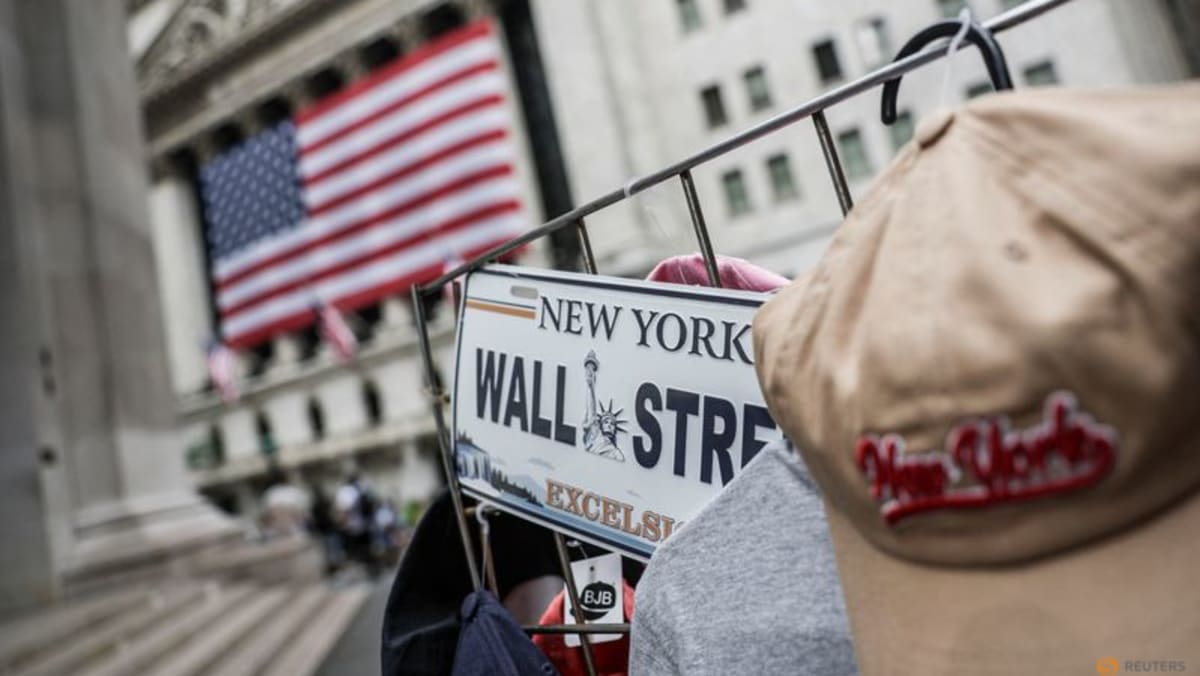


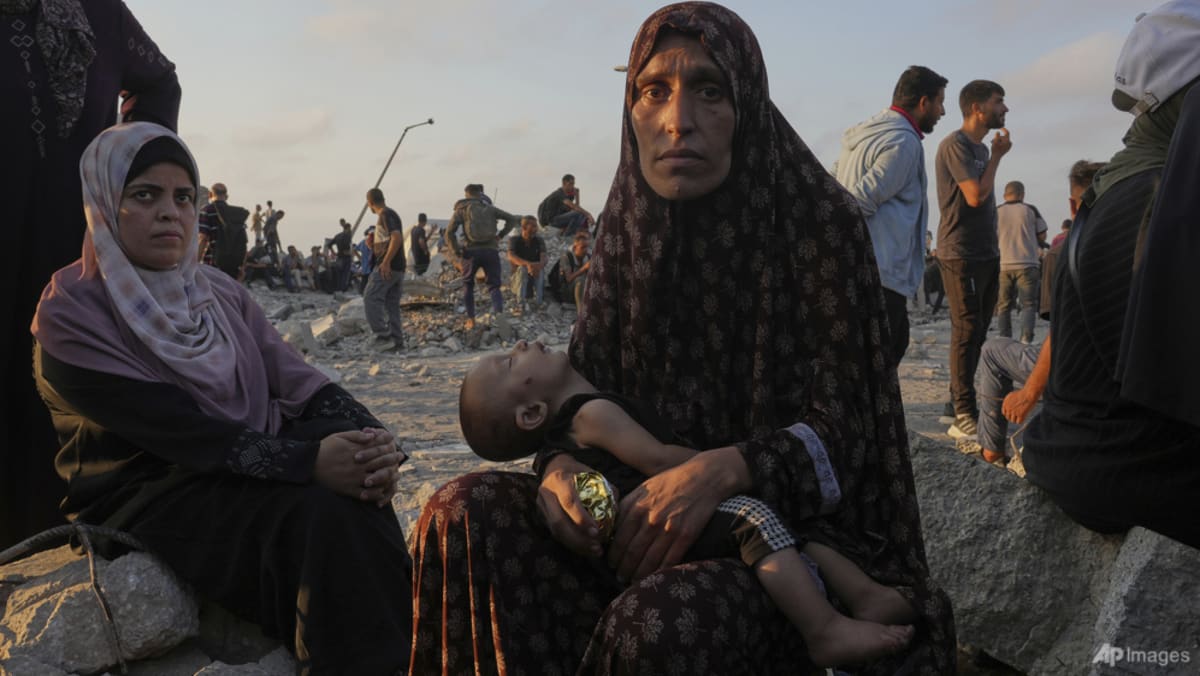


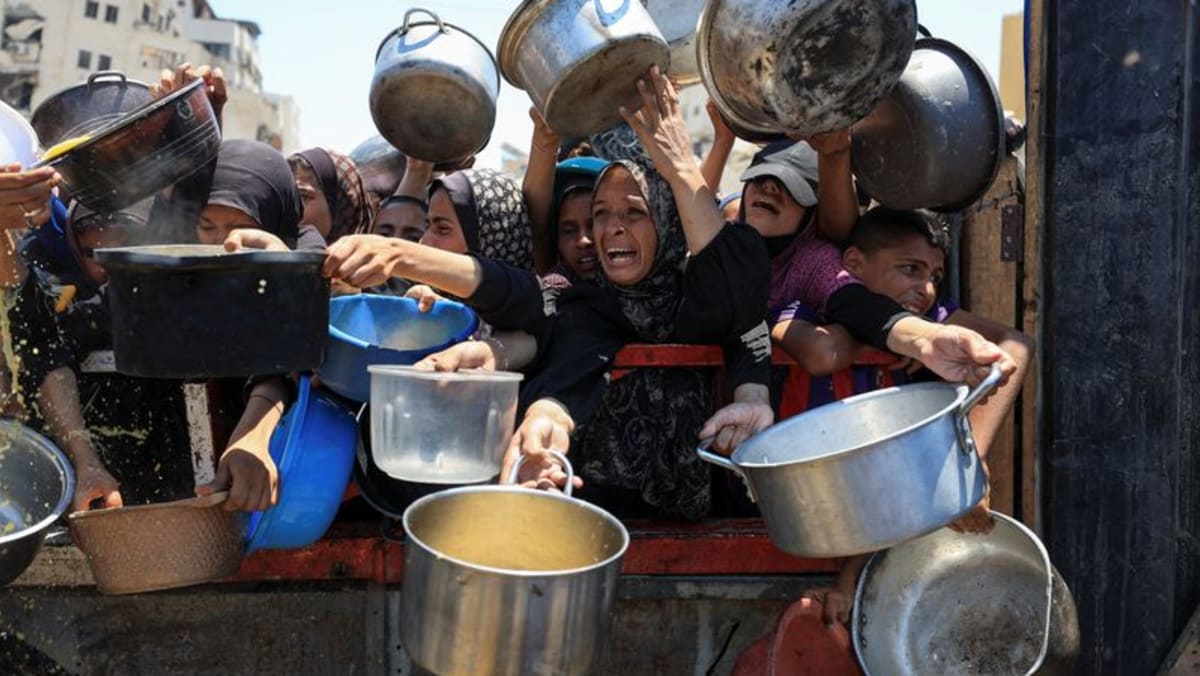

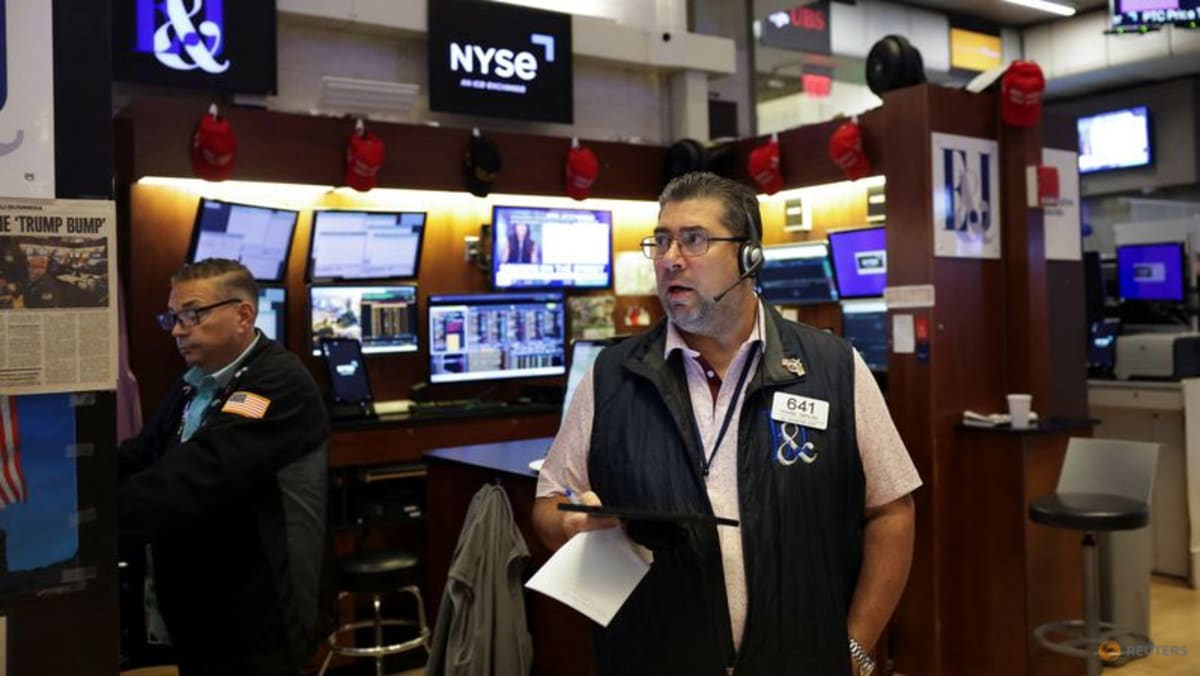


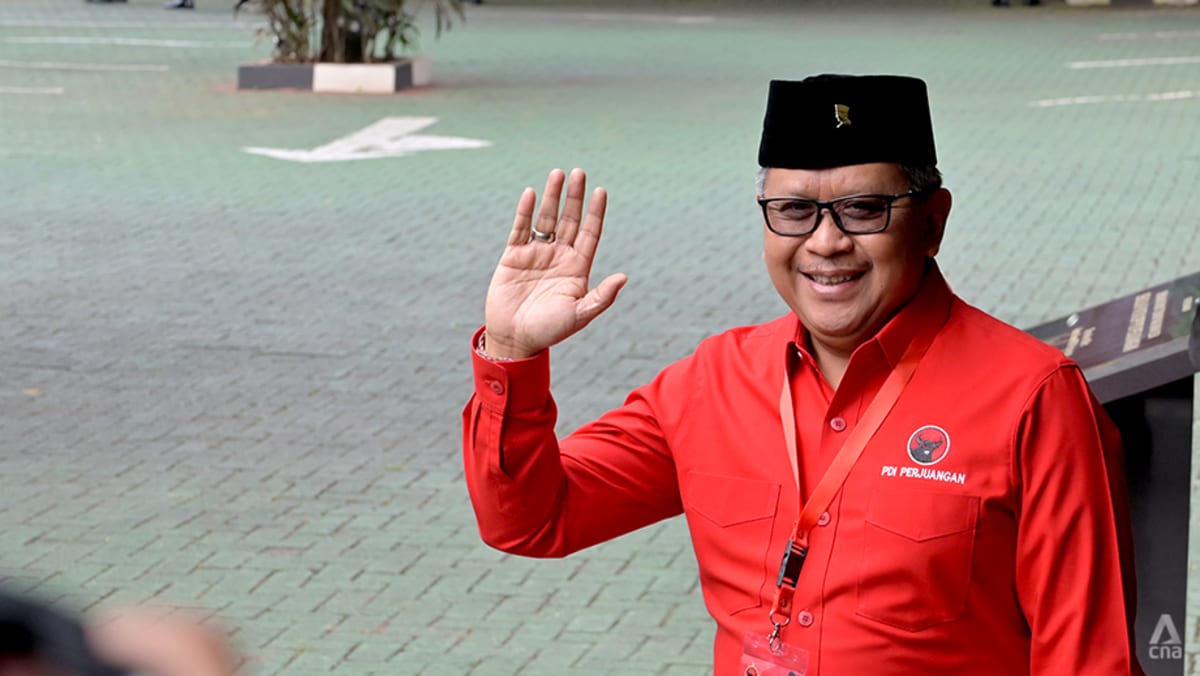
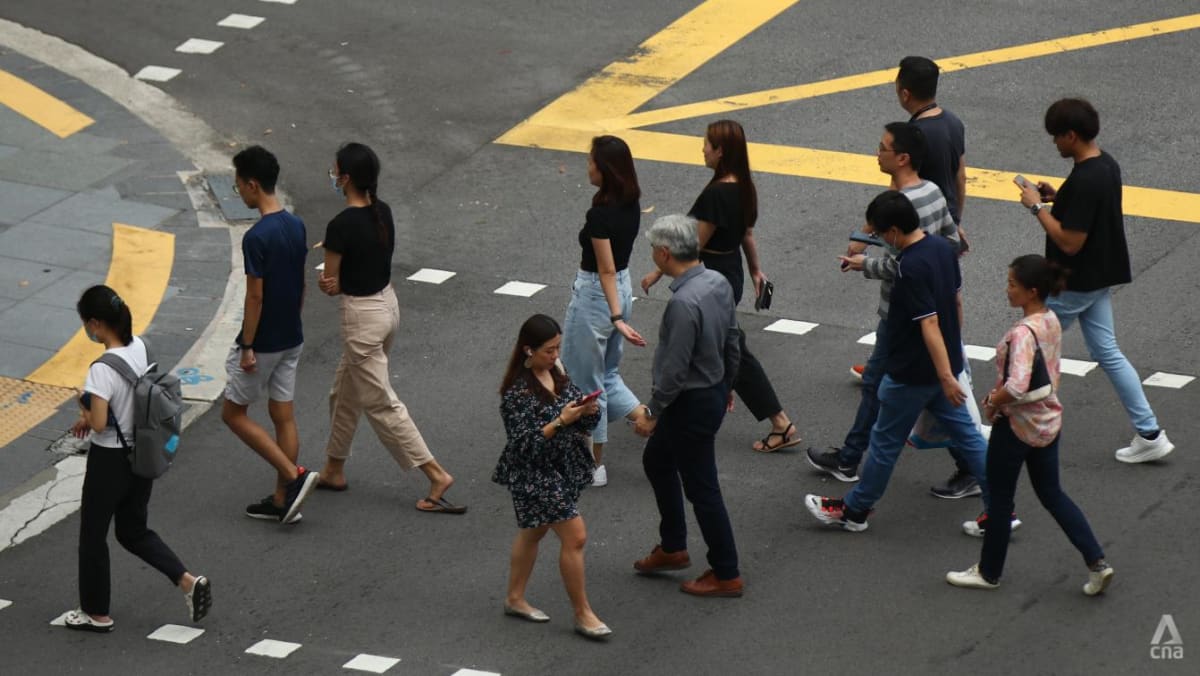

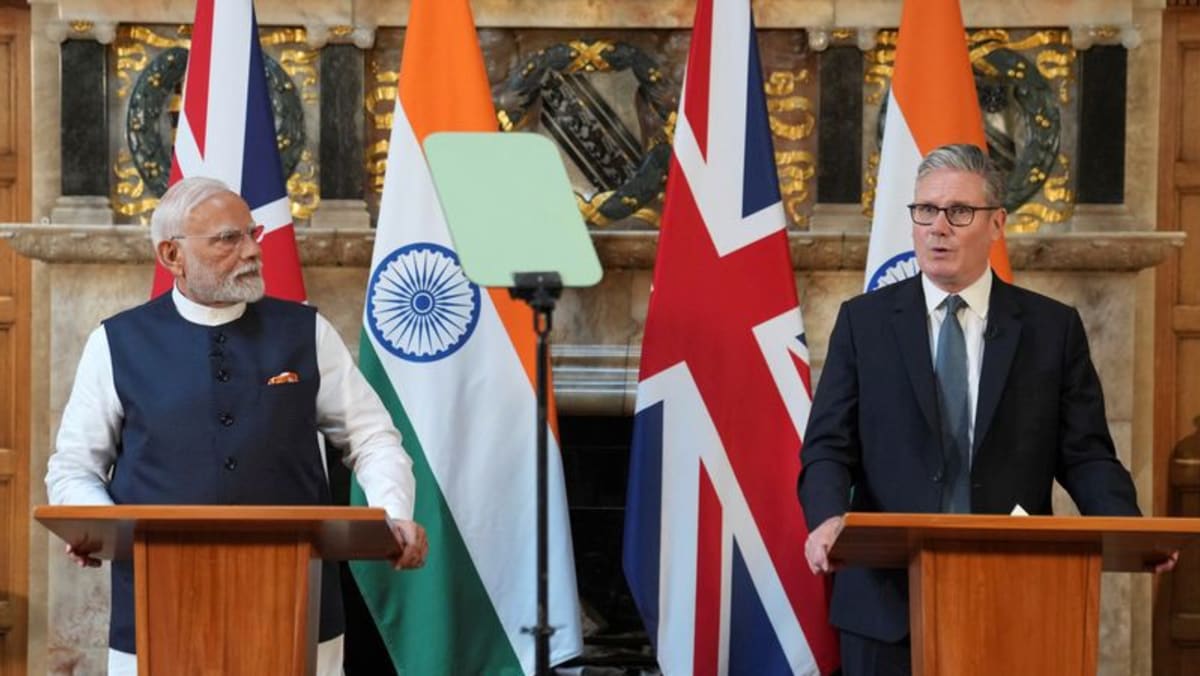
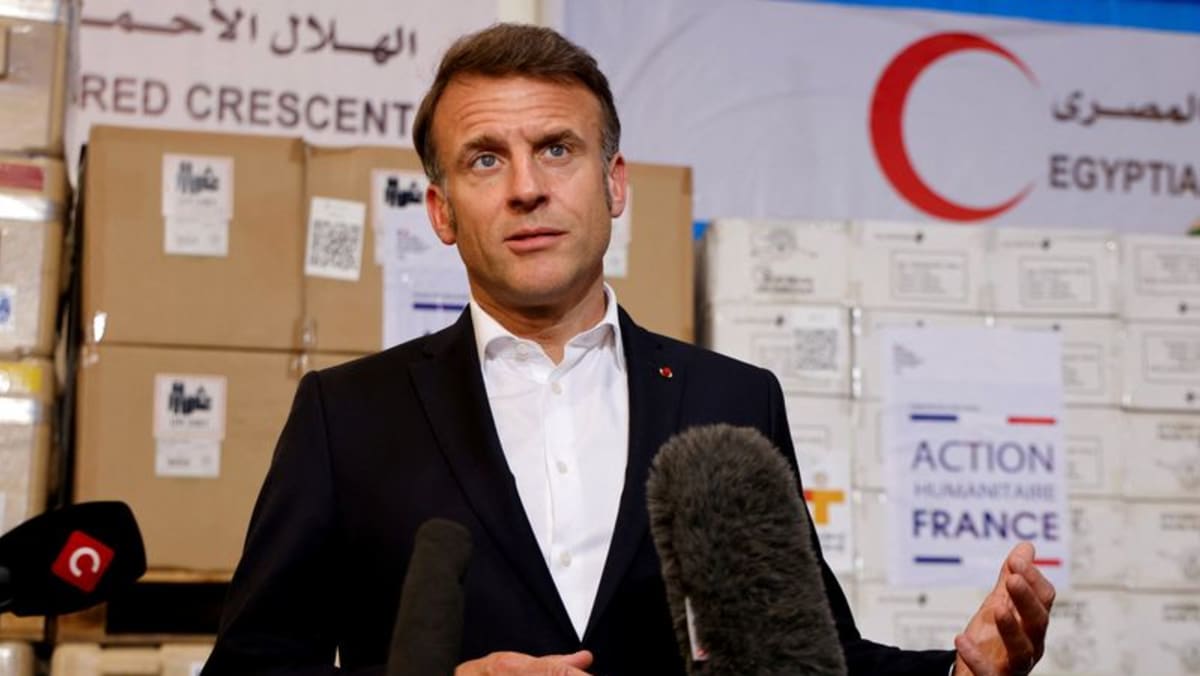


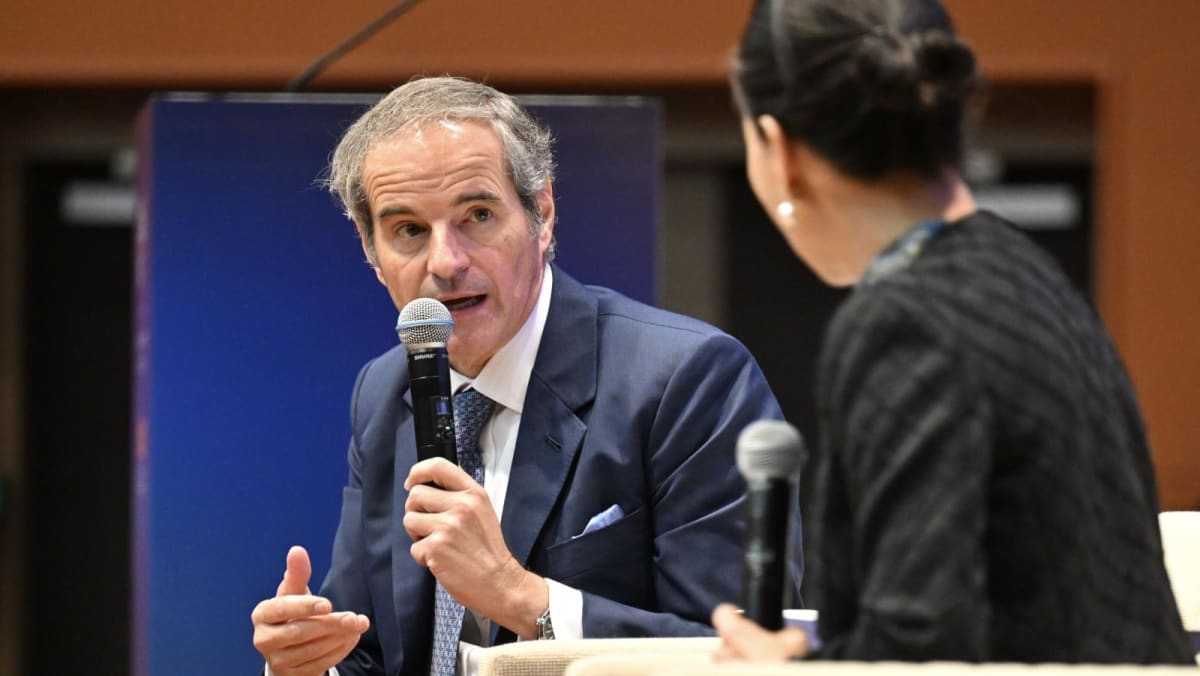










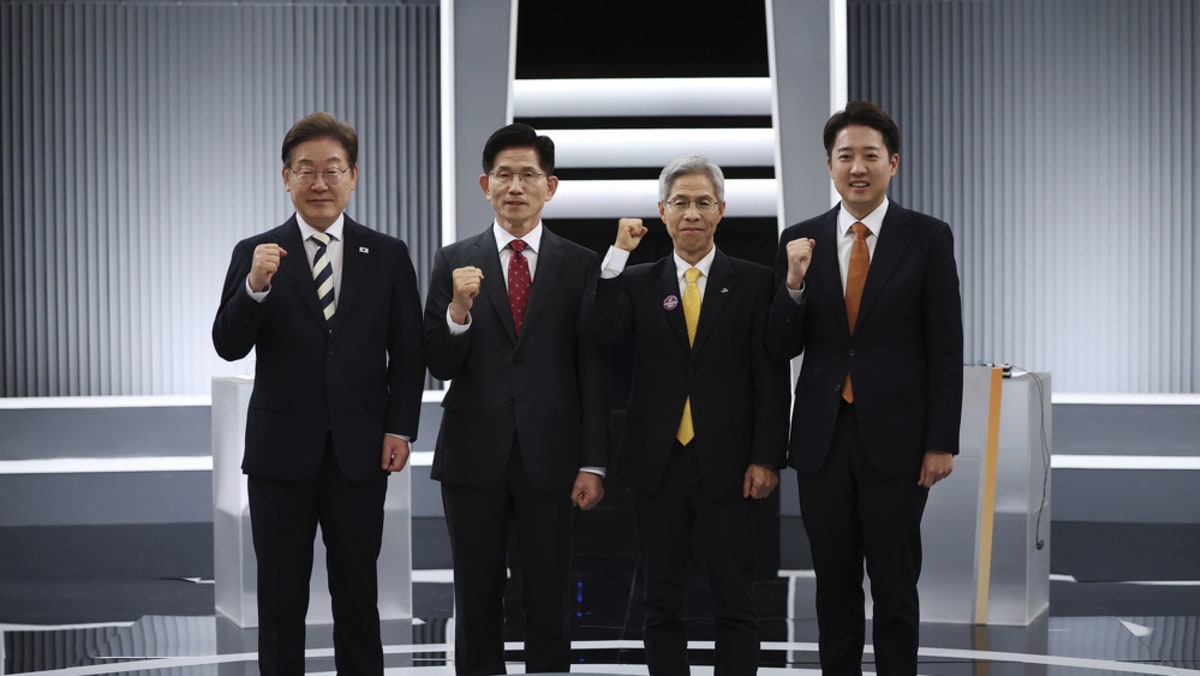

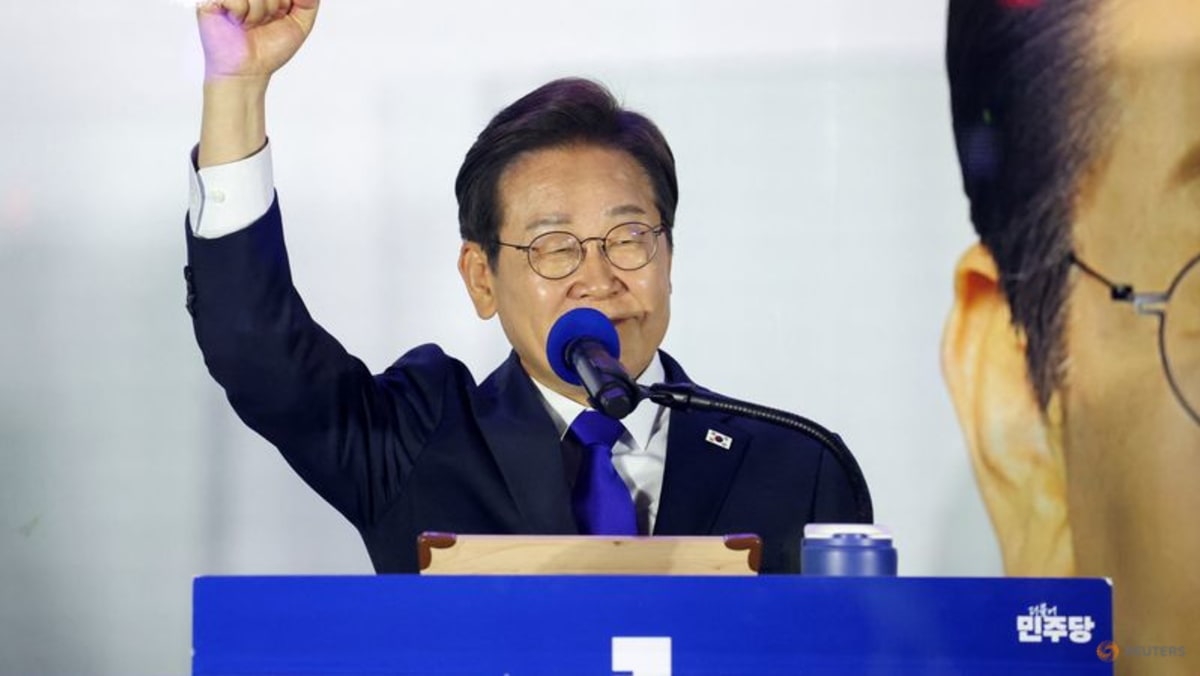
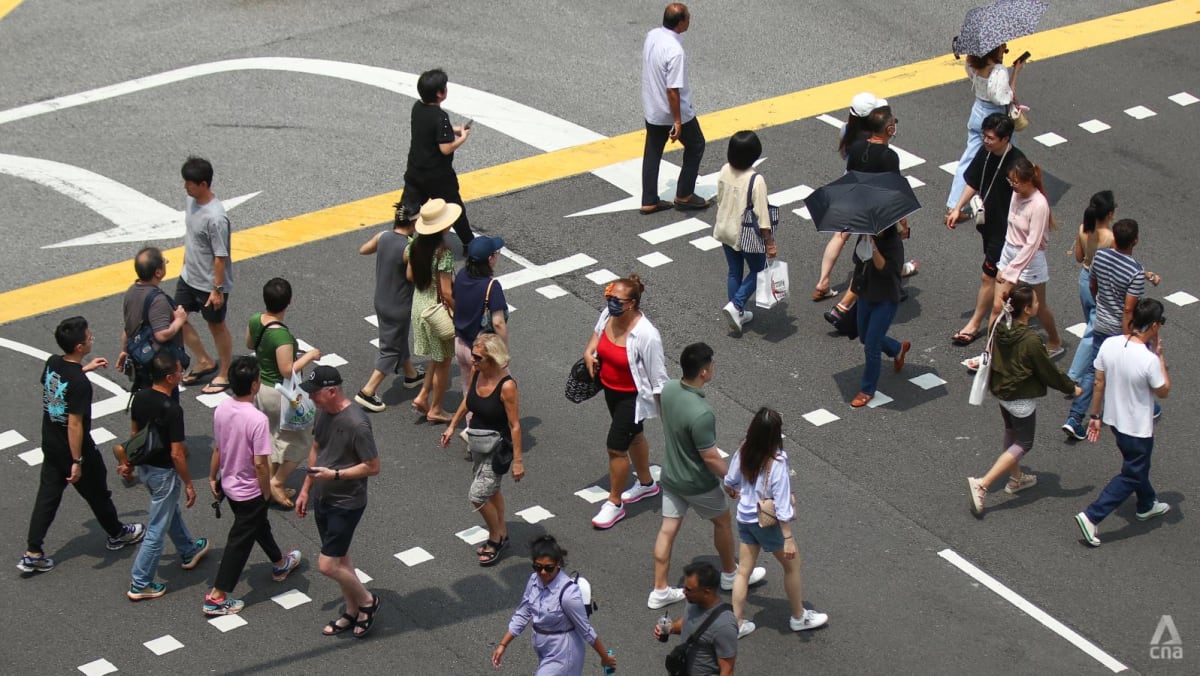
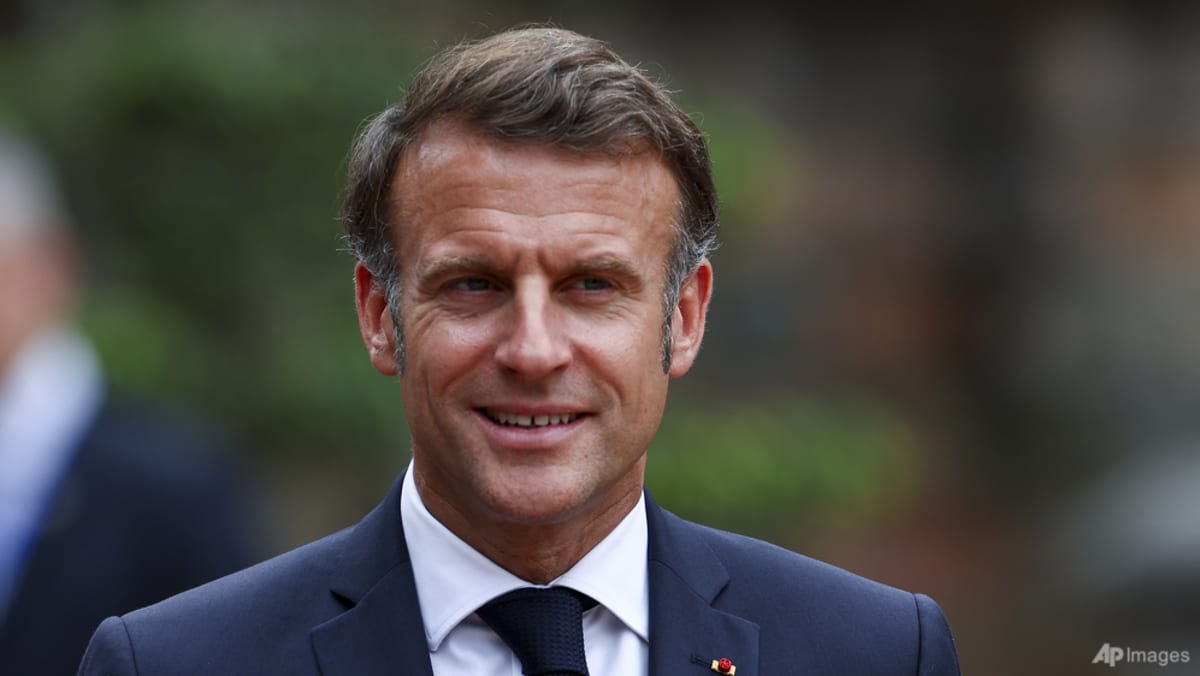
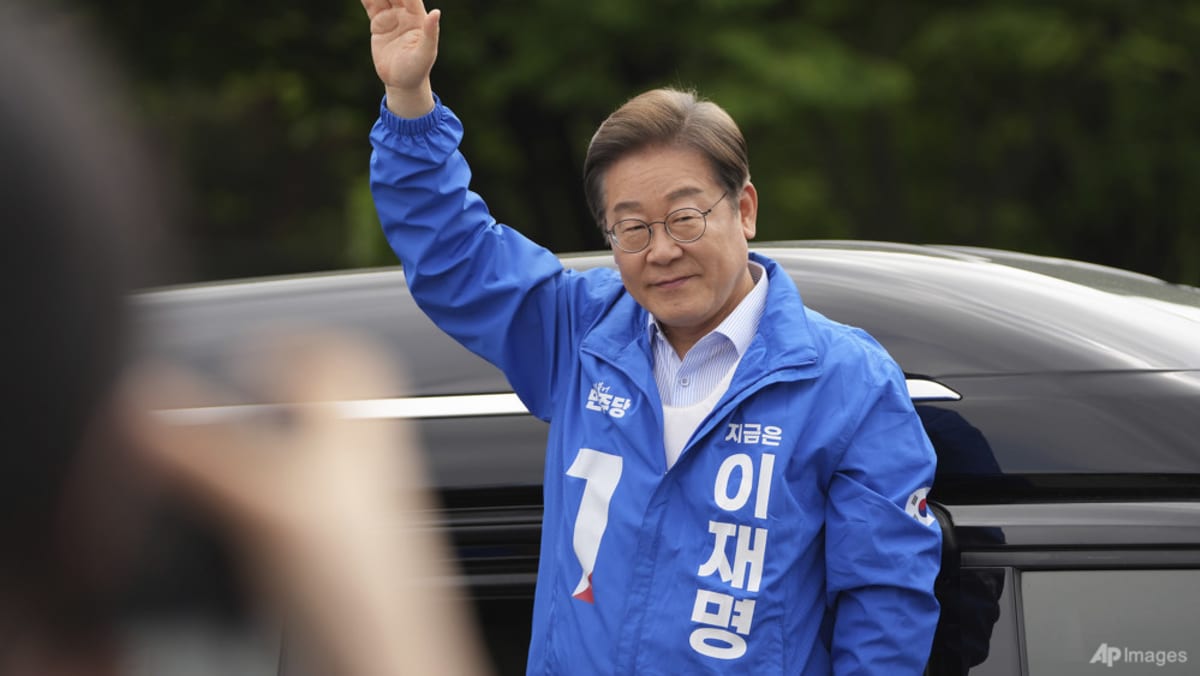



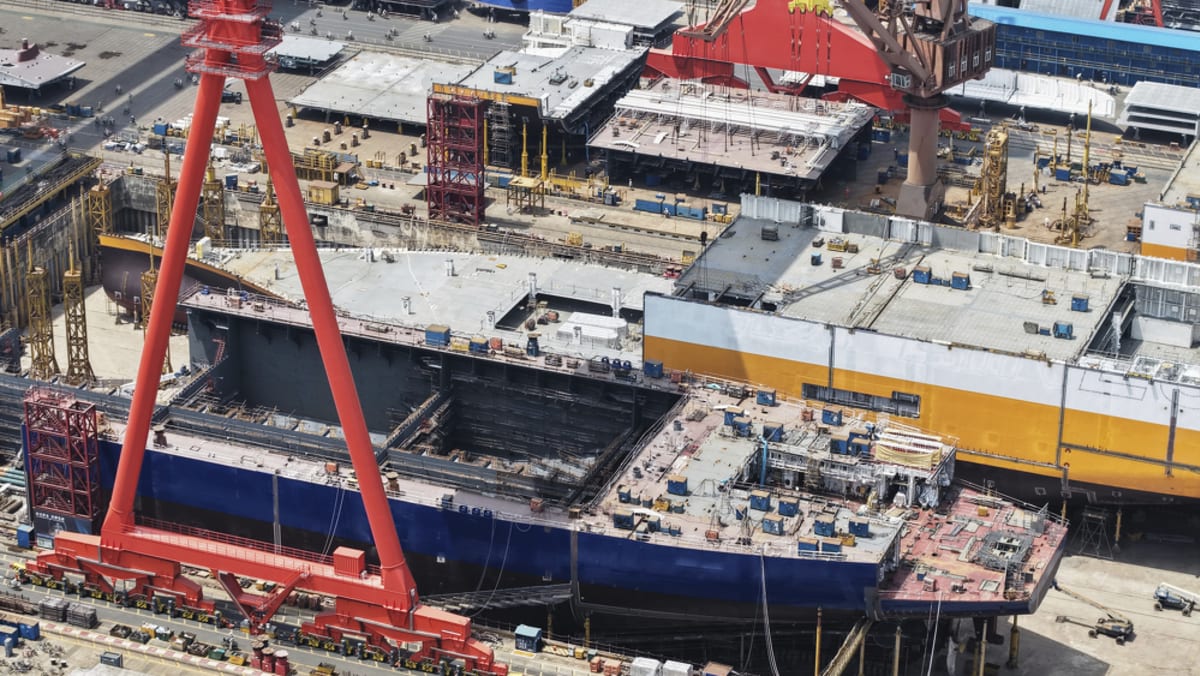

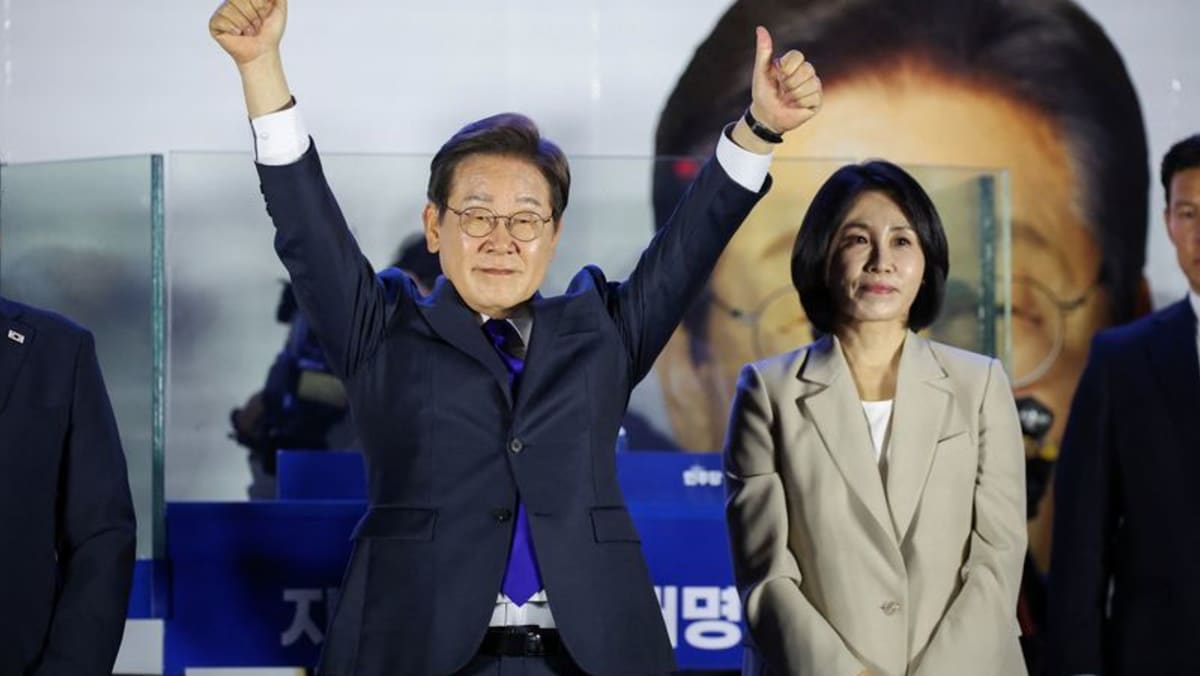


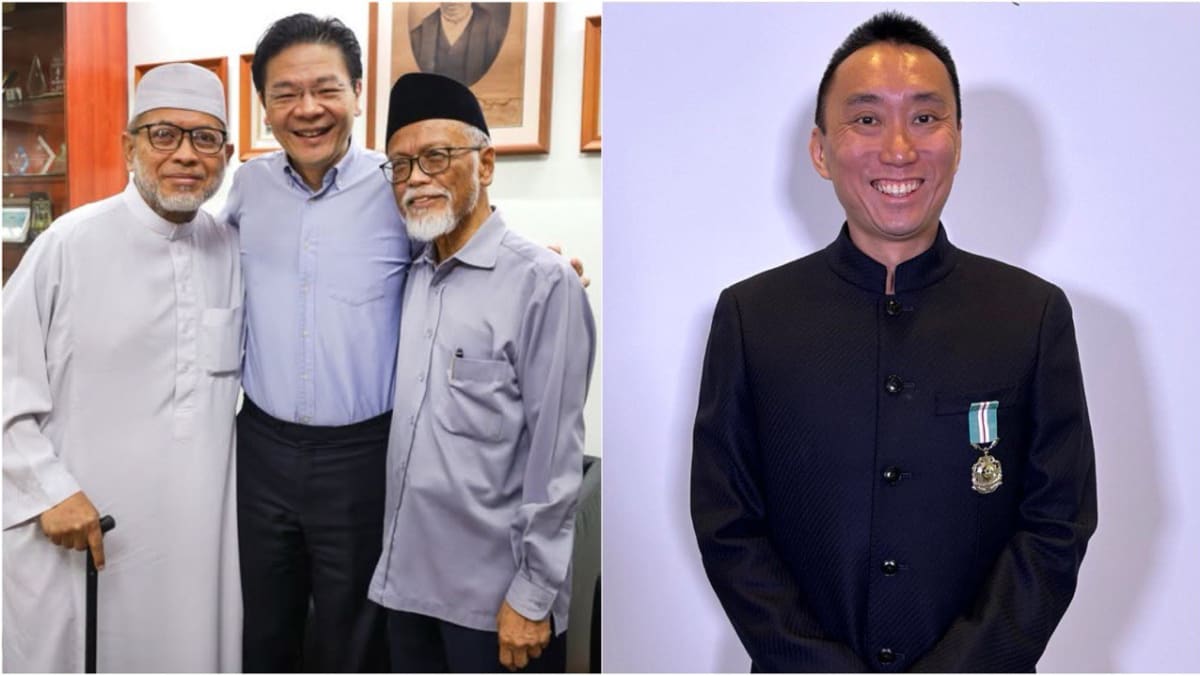

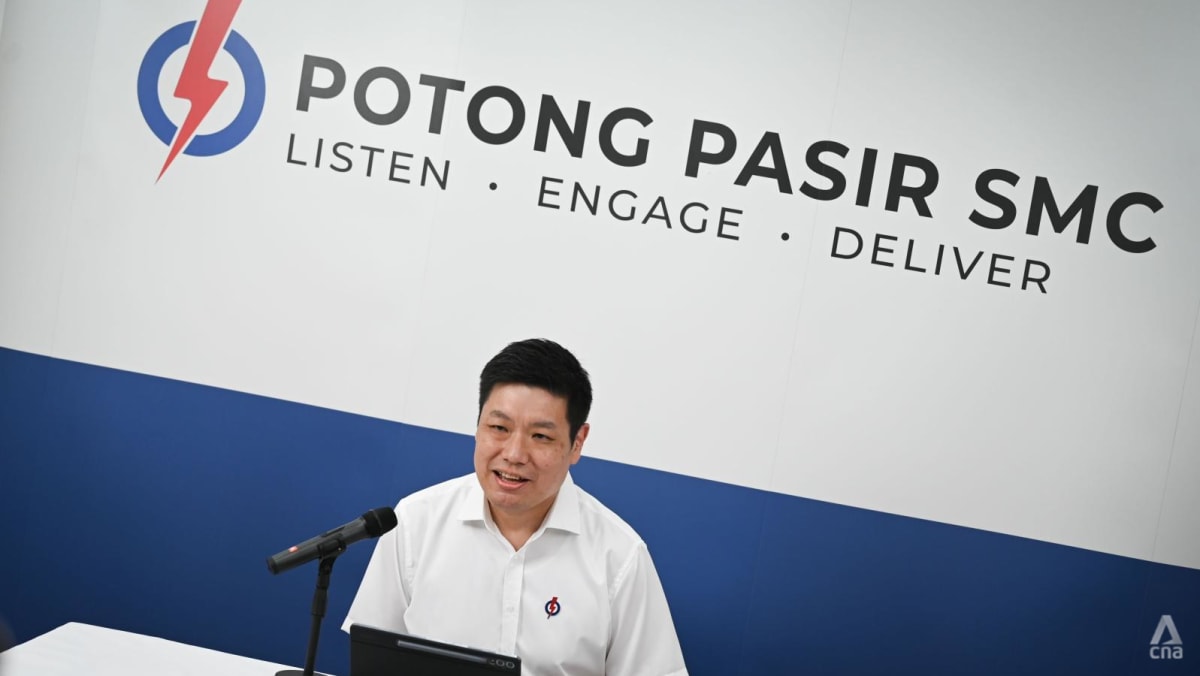
.png?itok=erLSagvf)
